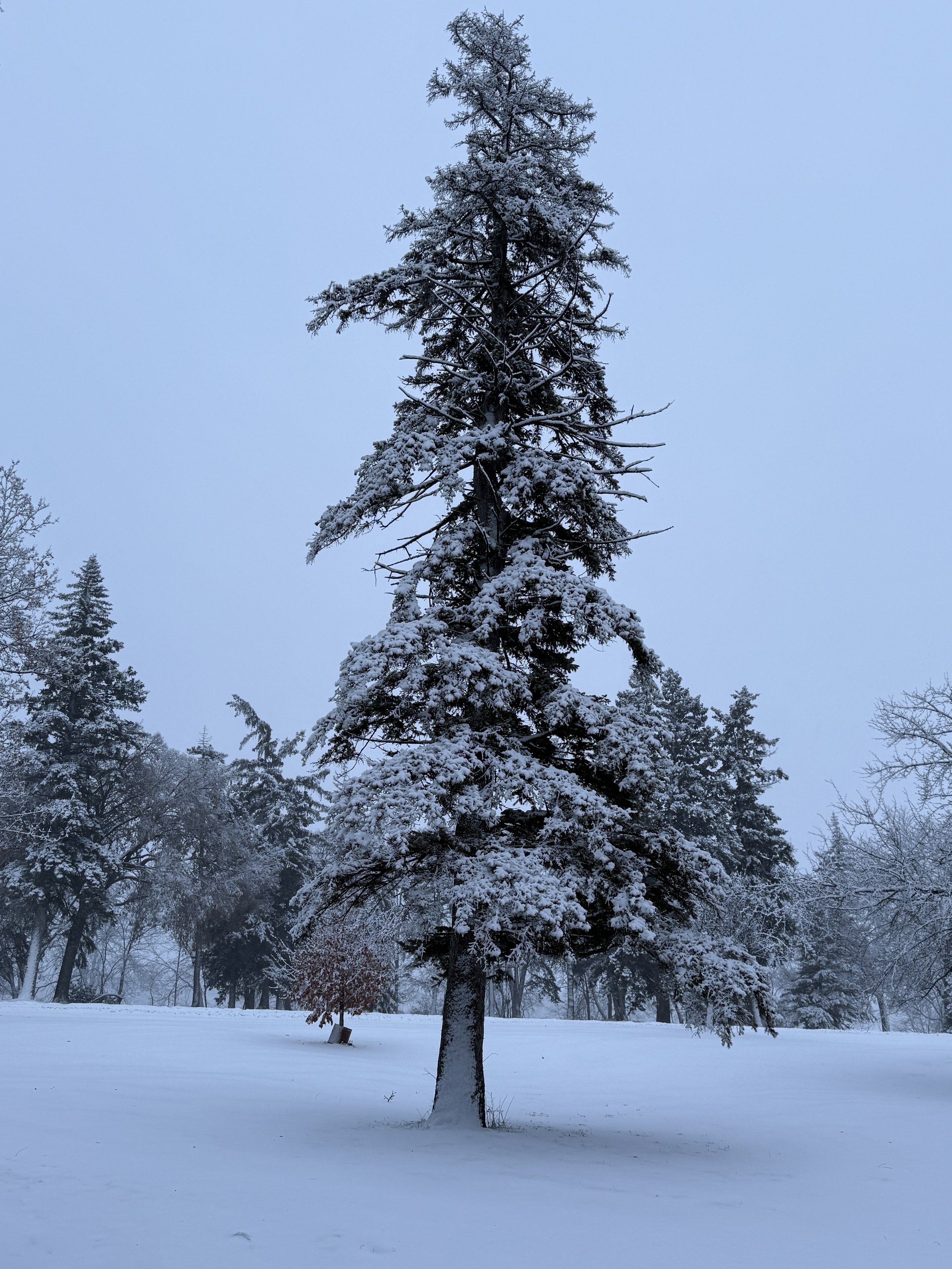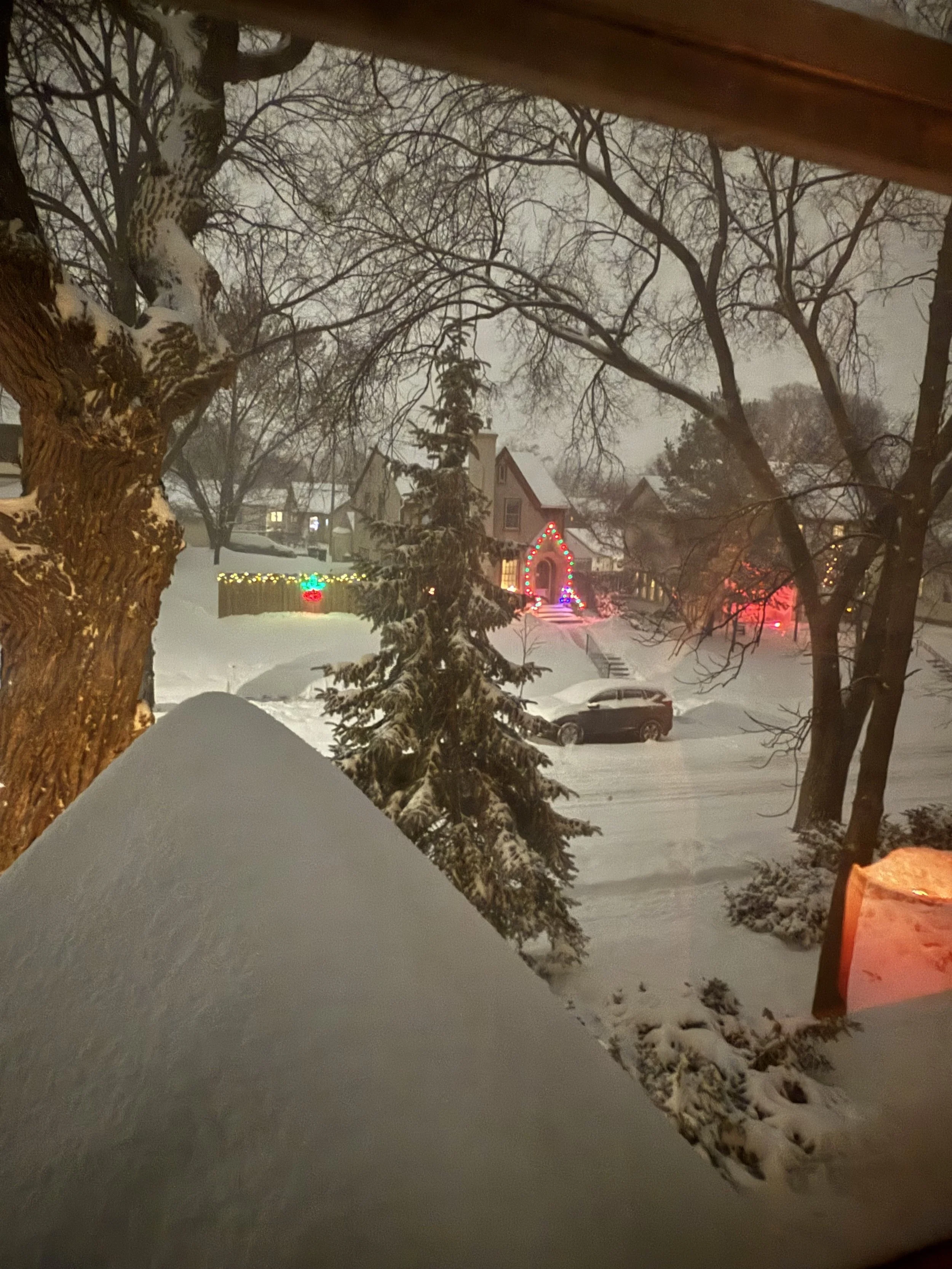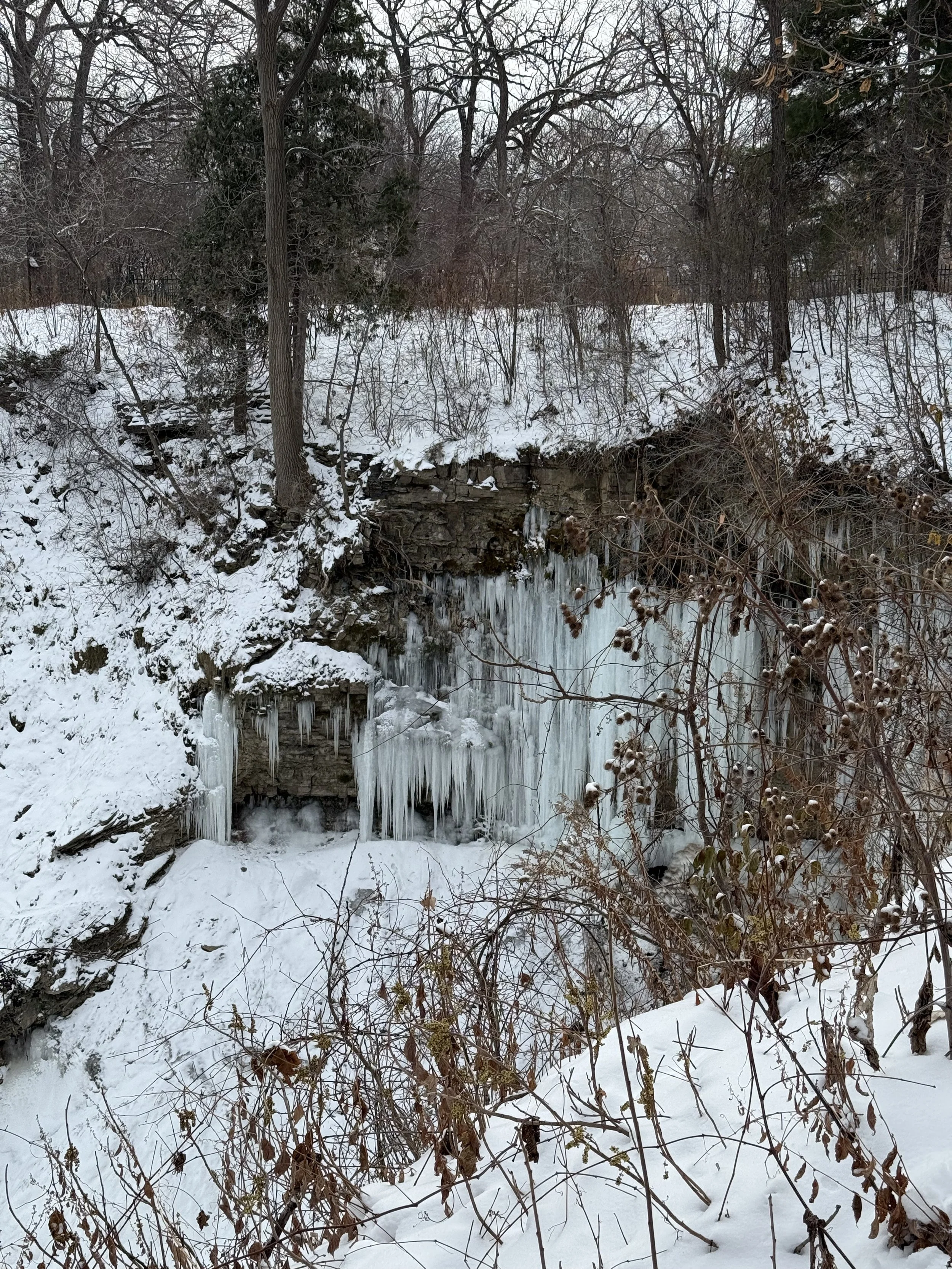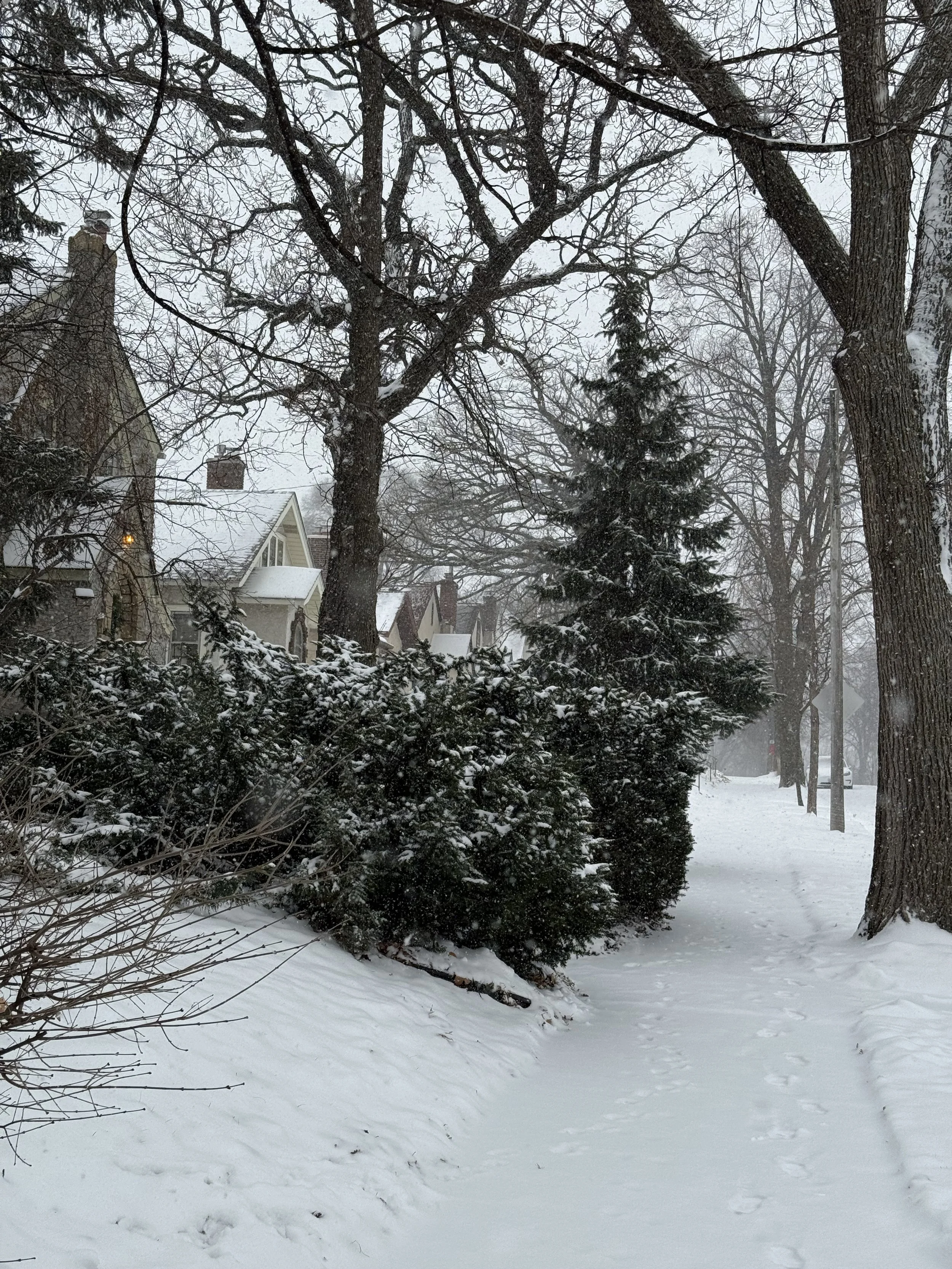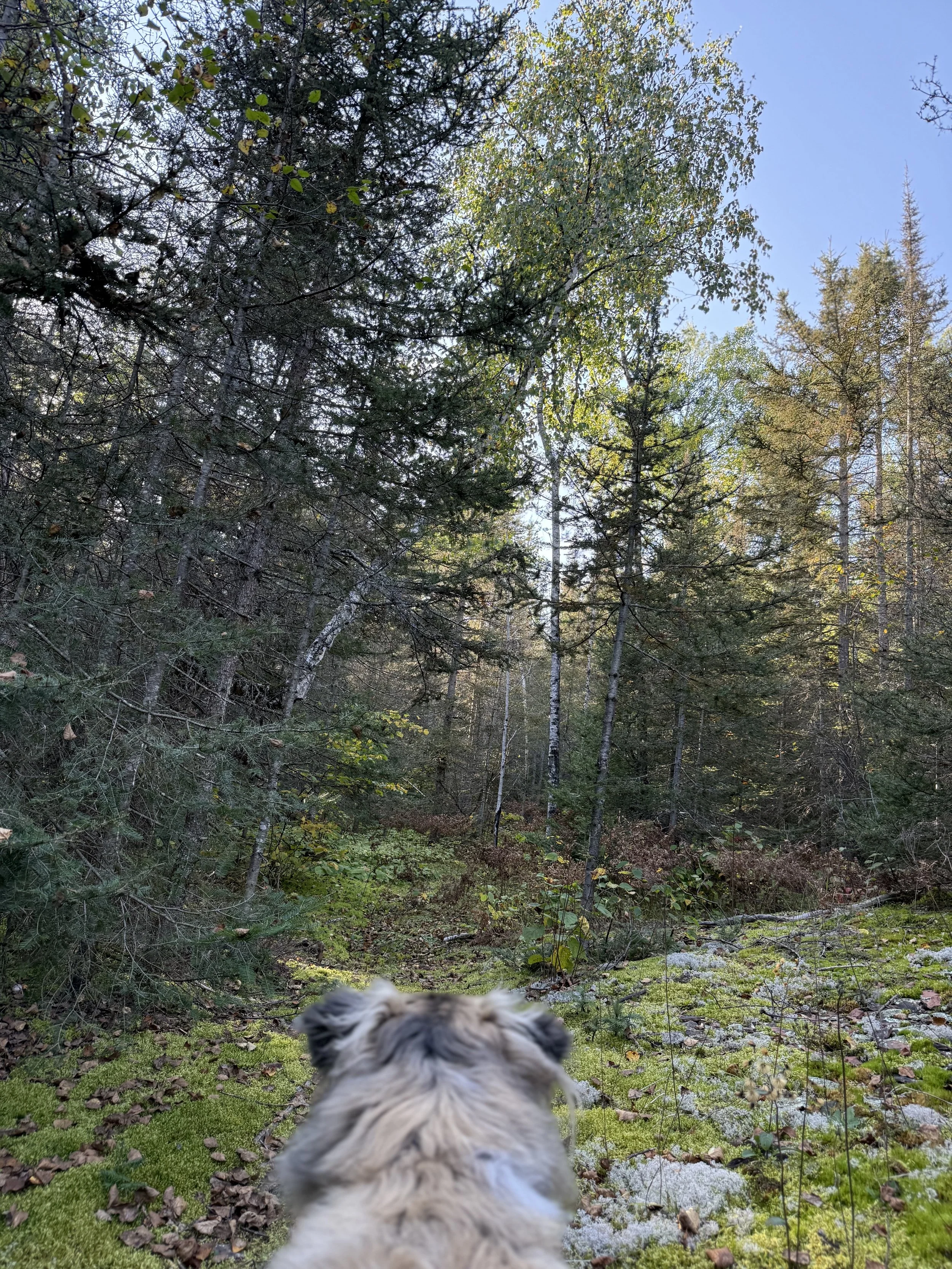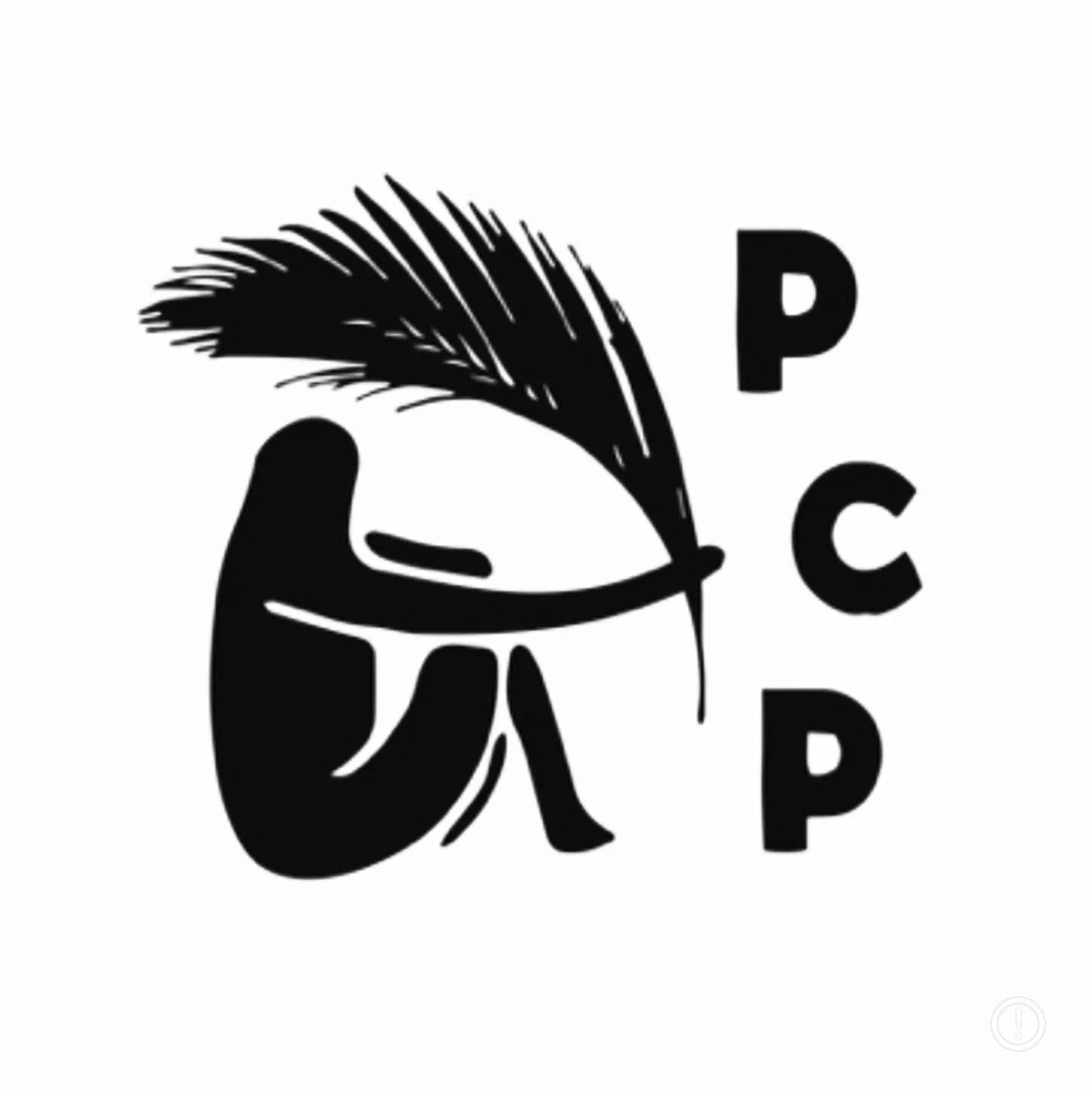Annie Beedy
Annie Beedy
Read More
Annie Beedy
Annie Beedy
Read More
Annie Beedy
Annie Beedy
Read More
Annie Beedy
Annie Beedy
Read More
Annie Beedy
Annie Beedy
Read More
Annie Beedy
Annie Beedy
Read More
Annie Beedy
Annie Beedy
Read More
Annie Beedy
Annie Beedy
Read More
Annie Beedy
Annie Beedy
Read More
Annie Beedy
Annie Beedy
Read More
Annie Beedy
Annie Beedy
Read More
Annie Beedy
Annie Beedy
Read More
Annie Beedy
Annie Beedy
Read More
Annie Beedy
Annie Beedy
Read More
Annie Beedy
Annie Beedy
Read More
